Brandy is made by distilling wine
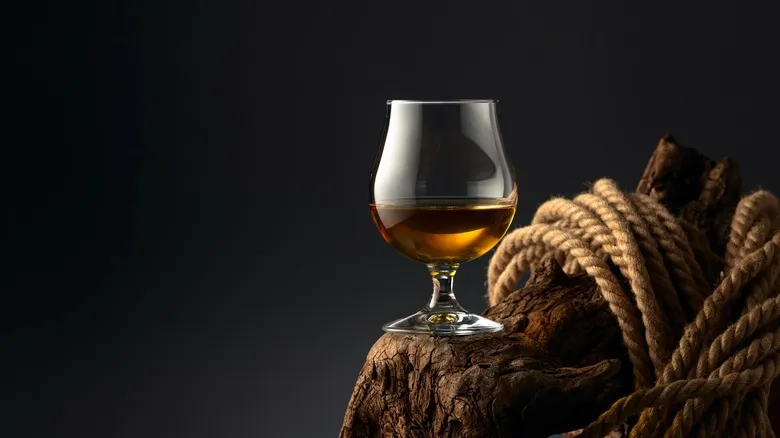
Although the earliest known date for brandy production is 1313, attributed to French distillers who enhanced wine for medicinal purposes, it wouldn't see commercial production for another couple of centuries. It is believed that the potent drink gained popularity after 16th-century Dutch traders began distilling wine to conserve space on their ships and maximize profits at port. By the early 17th century, brandy distilleries, often owned by the Dutch, were emerging across France, according to an essay in the European Review. Rum would later emerge as a rival to brandy as the favored spirit among sailors, yet brandy continues to be a sought-after product in wine regions from Cognac to California.
Today’s bottled brandy is still produced by distilling wine, although the methods have advanced over time. "The Oxford Handbook of Food Fermentations" explains that the liquor is generally made from base wine, rather than table wine, which is crafted from grapes intentionally harvested early to ensure high acidity and low sugar content. After the fruit mash undergoes fermentation, the wine is distilled through copper or stainless steel stills until it reaches the desired concentration. To age brandy, the spirit is stored in wooden casks for several years (or even decades), resulting in a deeper amber color and flavors such as oak, vanilla, or cinnamon that complement its fruity essence.
Brandy can be made with all kinds of fruits
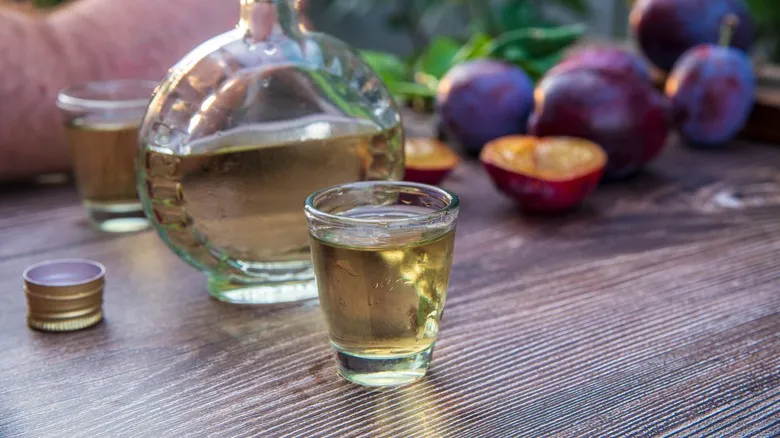
Although grape-based brandy is the most classic type of this spirit, it is by no means the only variety. Globally, brandy is crafted from a diverse array of fruits, such as pears, apricots, and even some that may be unfamiliar to you. Plum brandy, which typically has a yellowish tint rather than a brown one, is especially favored in Balkan nations like Croatia and Serbia. Originating from Germany, Kirschwasser (or simply Kirsch) is made from cherries, though it lacks the fruit's vibrant red color. In Portugal, Aguardente de Medronhos is produced, a clear brandy made from fermented berries resembling lychee, which grow on so-called strawberry trees. The United States also boasts a traditional apple brandy, commonly known as applejack, which is particularly popular in the northeastern states and ideal for autumn cocktails.
These various fruit brandies, distilled and aged to shades reminiscent of white wine or bright red Campari rather than scotch, may be quite different from the conventional version of the spirit. Naturally, their flavors vary significantly as well. This wide range of tastes is one reason why brandy is often used as a base spirit in crafting sweet liqueurs that are perfect for cocktails. Additionally, similar to wine, brandy can be a valuable ingredient in cooking. For example, Ina Garten's pound cake includes a couple of secret ingredients, including brandy, to elevate the classic dessert with an extra touch of flavor. It truly is a versatile and fascinating spirit.
Recommended
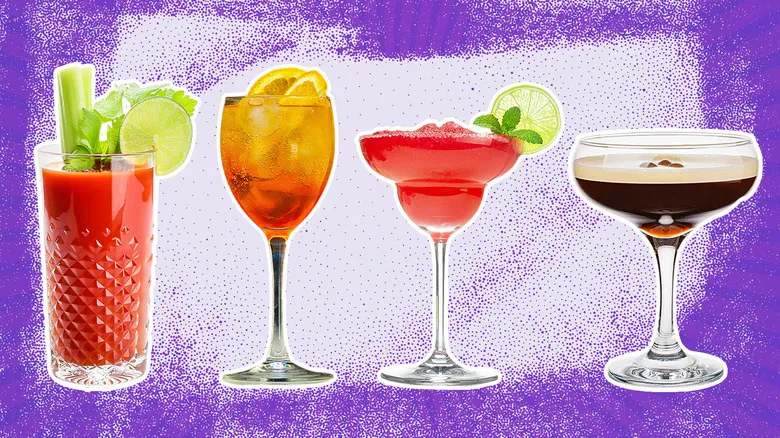
The 25 Most Popular Cocktails Of All Time, Explained
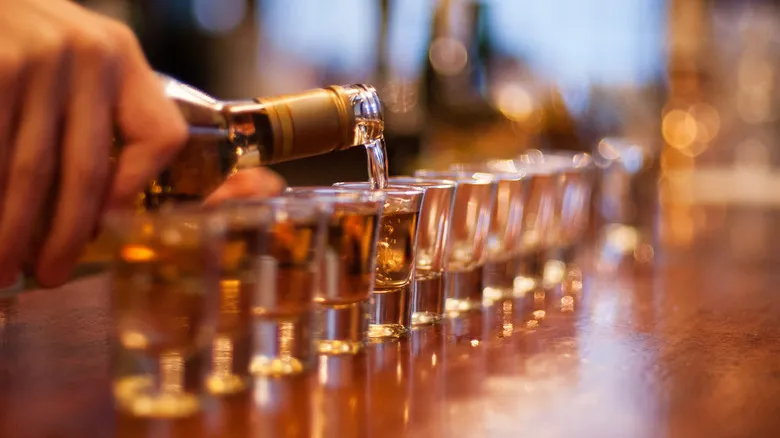
How Many Shots Are In A 750 Milliliter Bottle Of Liquor?

The Perfect Spritz To Sip As The Weather Gets Colder
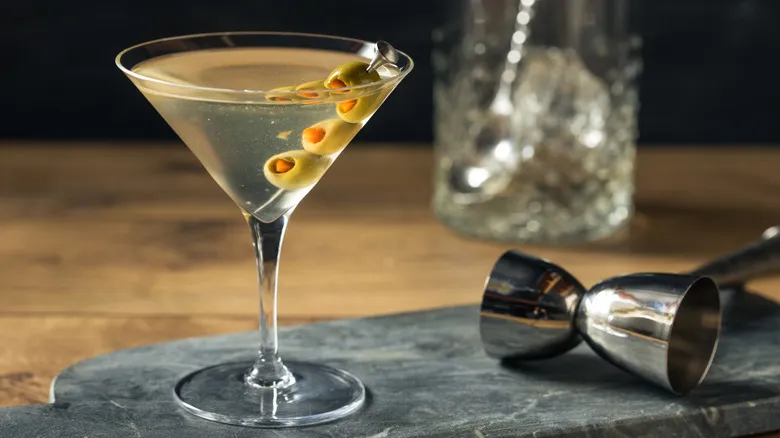
Elevate Your Dirty Martini With Sauerkraut This Oktoberfest
Next up

